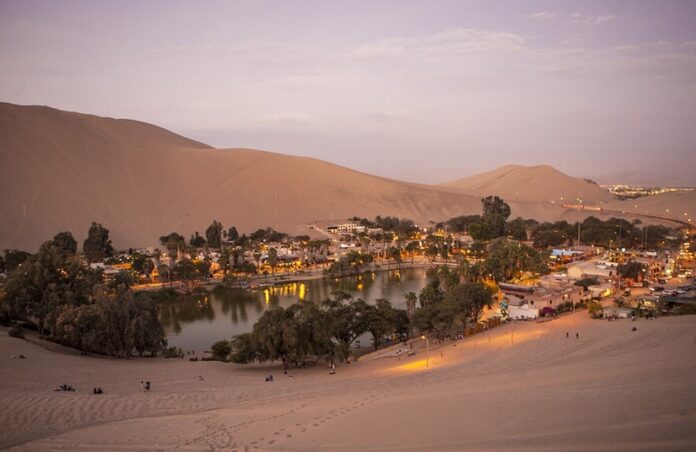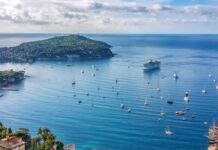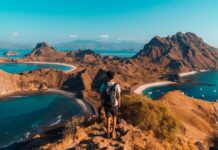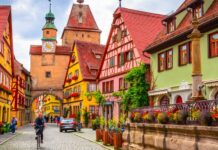Peru’s unique geography allows for a wide range of nature activities and adventures. Although this South American country is best known for its remains of ancient civilizations and majestic colonial architecture, its combination of rivers, mountains, lakes, plains, forests, jungles, and deserts makes Peru a great place for adventure.
1. Hiking in the Sacred Valley and the Andes
One of the main adventures to do in Peru is the famous Inca Trail. It’s not an extreme sport per se, but definitely a unique experience. Hiking trails are full of learning, not only because of the places you get to know but on a personal internal level as well. In the Peruvian plains, you gain knowledge of the current and ancient customs of the locals, as well as different activities that can be enjoyed at each stop.
The Inca Trail takes place in the Sacred Valley of the Incas, ending in Machu Picchu. It can be completed in many ways and durations, the longest from Cusco, between four and five days. It begins by spending one night in a Cusco hotel (i.e a Marriott Cusco Hotel) and then visiting some of the villages in the Sacred Valley. Each of the villages in this valley has its own customs, culture, ruins, and artisan crafts, which makes it a very diverse place to visit.
On the other hand, if you want to get to know other places off the beaten path, you may also hike in mountainous or jungle areas. The Cordillera Blanca in the Andes and the Manu National Park in the Amazon are perfect examples of the diversity of the territory in Peru. In these places, you can go trekking with incredible landscapes, full of diversity in their nature.
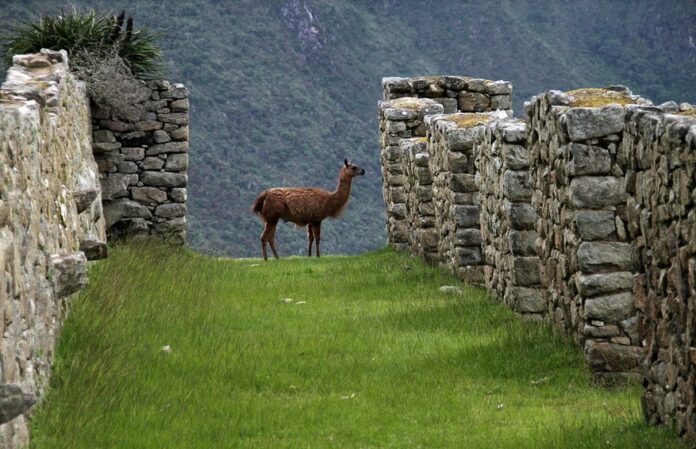
2. Island hopping
Lake Titicaca is the highest navigable lake in the world. It has been the subject of great study due to its diversity, as well as the importance of the people who live around it. It’s located on the southern border, as almost half is shared with Bolivia. More than twenty-five rivers feed this lake, more than three million years old. If the fun facts are not enough to deserve a visit, surely the colors of the sunsets will.
The biodiversity of Lake Titicaca is not the only thing that is preserved, but its culture and traditions. There are many Inca legends related to the sun, the moon, and the creation of the lake itself. It’s believed that the Inca civilization was born here, thanks to the ruins found underwater, including a temple. The lake’s biodiversity ranges from frogs that can breathe underwater thanks to their loose skin, to sponges that have lived here for more than seven thousand years.
The real adventure in Lake Titicaca is to stay on one of the artificial islands. The uros are the inhabitants and creators of these islands, which allow tourists to stay on them to support their way of life. These islands are made of totora reed that must be renewed several times a year. Until a few years ago there was no electricity, and it is said that no sugar is consumed, as there is no dentist on the islands.
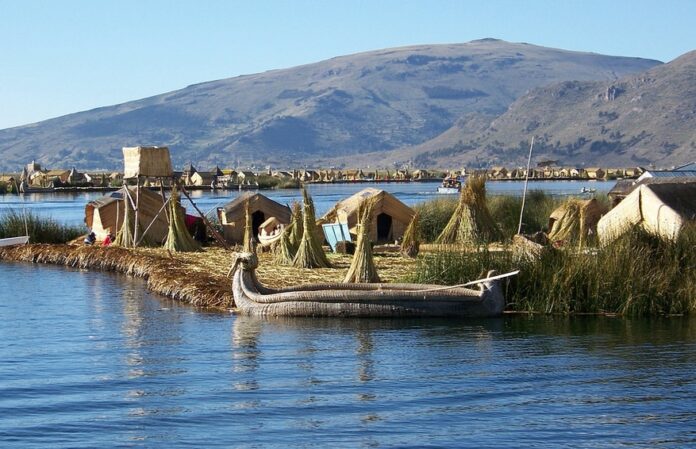
3. Colca Canyon
Arequipa is the second most populated city in Peru. It’s the seat of the Constitutional Court of Peru and often called the “legal capital” of Peru. It’s worth a visit for its great gastronomic diversity, as well as historical buildings, parks, and monasteries. However, the adventure lies four hours away from the city, in the Colca Valley.
The Colca Canyon is one of the deepest canyons in the world (almost a thousand meters deeper than the Grand Canyon in the United States). It’s surrounded by green mountains, but within its most impressive views are several volcanoes and glaciers, including the Mismi, of more than five thousand meters (16 thousand feet) tall which feeds the Amazon River.
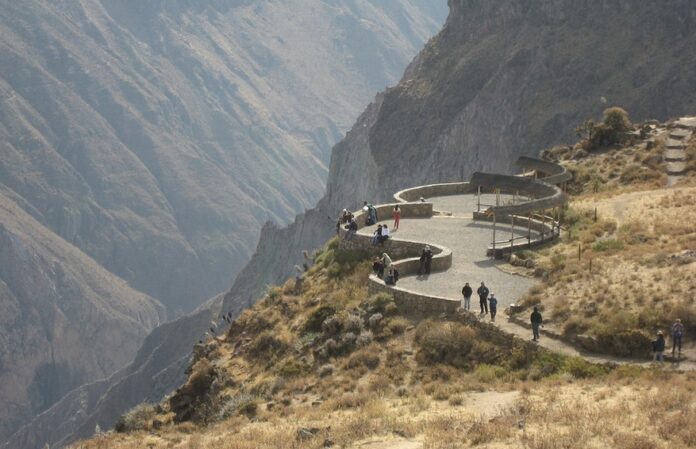
4. Fortress in the clouds
The adventure to one of Peru’s most mysterious ruins begins before you even get there. You can trek—about six hours—from Tingo Viejo, drive (two hours) or take the cable car (20 minutes) from Chachapoyas. It’s called the Fortress of Kuelap and is the largest pre-Inca fortified city in South America.
Its name means “the warriors of the clouds”, thanks to the clouds that lie so low over the valley. It’s believed to have been built in the ninth century by the Chachapoyas, who were a very organized people. The buildings found are considered to have been religious, residential, ceremonial, and even administrative spaces.
The buildings are made of stones stacked one on top of the other in a very orderly fashion. It’s very apparent how they used smaller stones to cover each gap without leaving any empty spaces. Although they resemble Inca architecture, these are mostly smaller stones arranged differently. The entrances are narrow and large walls cover the citadel. The main temple is considered the most important ceremonial site with its inverted cone shape.
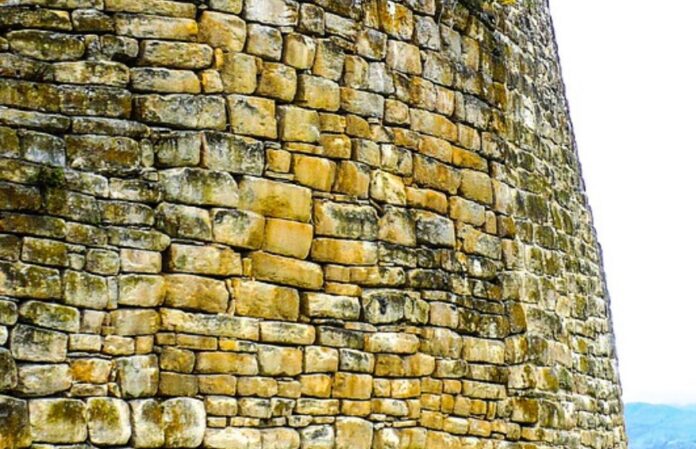
5. Oasis sandboarding
Adventuring through Peru leads to all kinds of ecosystems, including the desert. Sand, palm trees, dunes, and blazing sun. However, the Peruvian desert offers something much more unusual than your average desert. The Huacachina oasis, composed of sulfurous waters located five kilometers (3 miles) west of Ica.
The water emerged from the soil, which made green flora grow around the oasis. Between houses, hotels, and restaurants you have an impressive view of the desert, the water, and the buildings. Huacachina is full of legends about its origin, always including an Inca princess turned mermaid that gave life to the dunes and the oasis.
Huacachina is the best place for sandboarding. The buggy rides are much more enjoyable, especially for adrenaline lovers. For those who are not looking for that kind of adventure, the bars and restaurants have excellent local cuisine to spend a quiet moment in the middle of the desert. At the end of the day, the buggies gather at the same spot, where you can better admire the sunset, never else seen on the background of a body of water in the middle of the desert.

